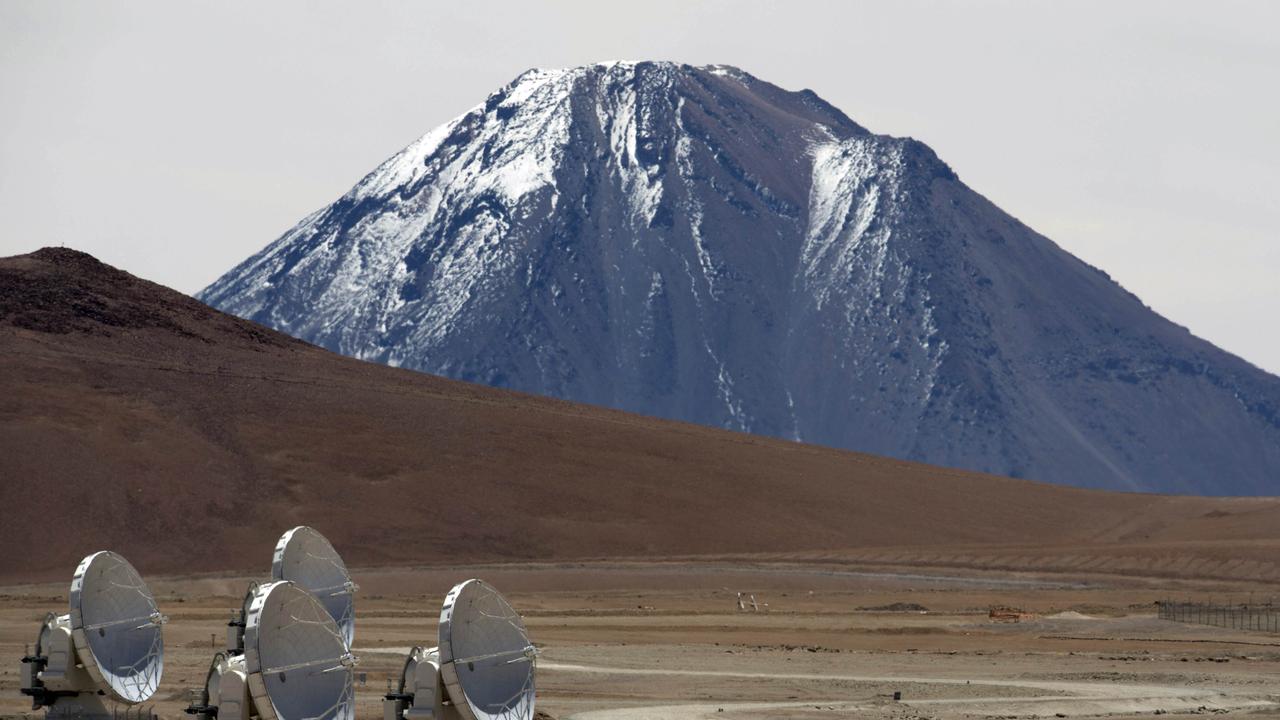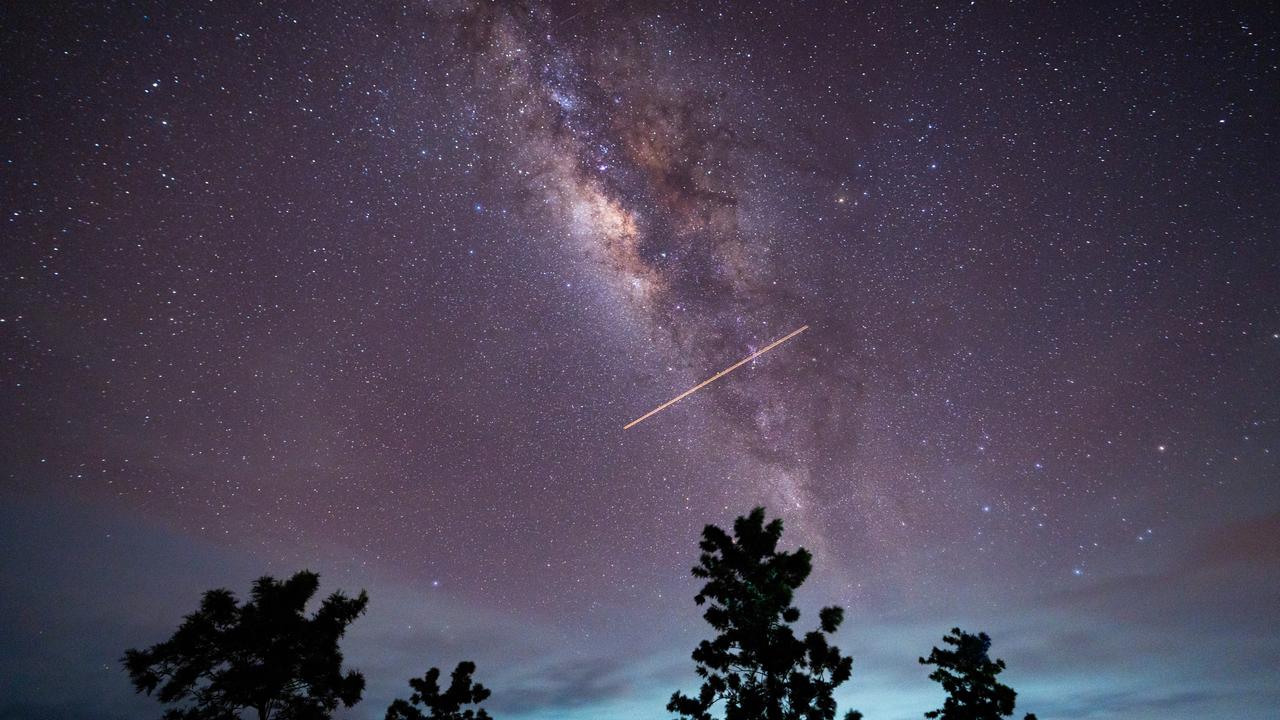Mysterious ring of debris orbiting a nearby star captured on camera in rare phenomenon
A ring of debris orbiting a neighbouring star could contain vital clues to how Earth was formed millions of years ago

A team of American Astronomers have captured what appears to be the formation of a new planetary system, providing a vital clue to the Earth’s own deep, dark history.
Led by Colorado Universitys Meredith MacGregor, the team imaged nearby star HD 53143 with millimetre wavelengths, using the Atacama Large Millimeter/submillimeter Array (ALMA), a collection of 66 radio telescopes in the Atacama Desert of northern Chile.
The results were unlike anything they expected, with calculations showing a sophisticated face-on debris disk circling the star – the most complicated of its kind ever observed.
Stream the news you want, when you want with Flash. 25+ news channels in 1 place. New to Flash? Try 1 month free. Offer ends 31 October, 2022 >

“Until now, scientists had never seen a debris disk with such a complicated structure,” said Prof MacGregor, who also works as an assistant at the Center for Astrophysics and Space Astronomy (CASA) and Department of Astrophysical and Planetary Sciences (APS).
She noted the debris disk wasn’t just a collection of dust and rocks floating in space, but rather a historical record of the beginnings of planetary formation, providing a window into how Earth itself may have evolved over time.

“We can’t study the formation of Earth and the solar system directly, but we can study other systems that appear similar to, but younger than, our own.
“It’s a bit like looking back in time … debris disks are the fossil records of planet formation, and this new result is confirmation that there is much more to be learned from these systems … that knowledge may provide a glimpse into the complicated dynamics of young star systems similar to our own solar system.”
HD 53143 is located in the Carina constellation, approximately 59.8 lightyears from Earth, and was first discovered in 2006.
Estimated to be roughly 1 billion years old, it’s significantly younger than our sun but roughly twice the size.
Presenting results of the research at the 240th meeting of the American Astronomical Society this week in Pasadena, California, Prof MacGregor noted that exoplanets could be influencing the unusual shape of the ring.
“In general, we don’t expect disks to be very eccentric unless something, like a planet, is sculpting them and forcing them to be eccentric,” Dr MacGregor said.
“Without that force, orbits tend to circularise, like what we see in our own Solar System.”






